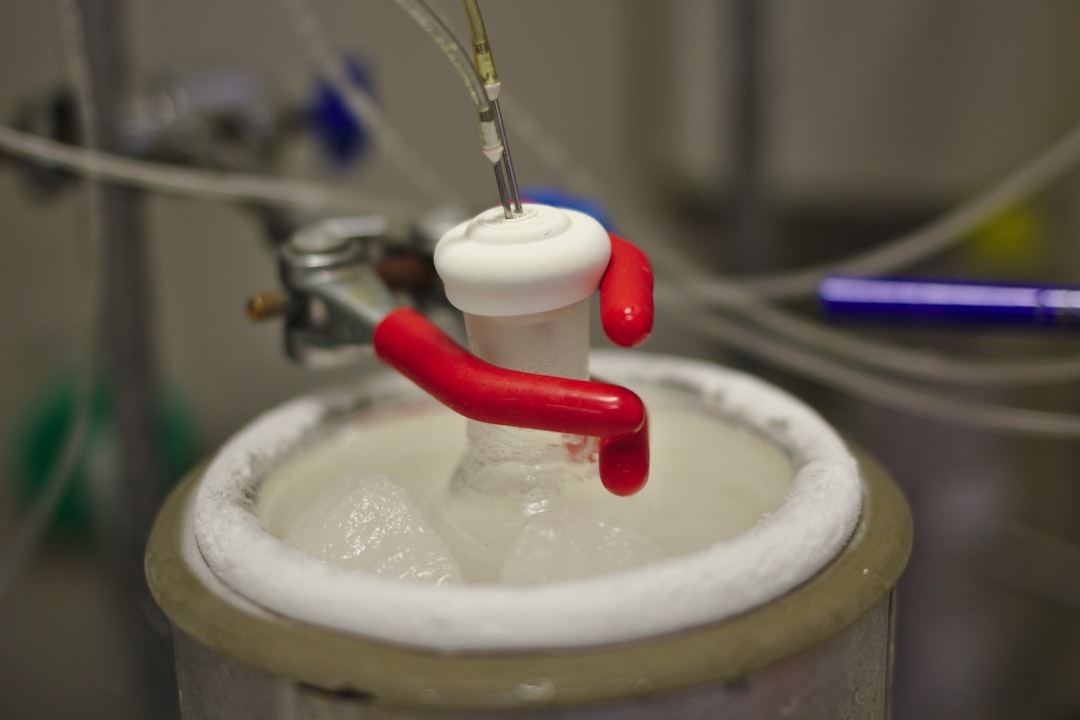What is it about?
The structures of small uridine-containing species have been studied widely (mainly by spectroscopic techniques), however, only a very limited number of crystal structures studied by diffraction methods have been reported, mainly as a result of problems with obtaining such compounds in the form of single crystals. The paper describes the synthesis of the new uridine derivative containing the Reese protecting group (1-(2-fluorophenyl)-4-methoxypiperidin-4-yl, Fpmp), the novel approach to crystallization of this derivative, and the elucidation of the structural properties in the terms of the 1H NMR, 19F NMR and X-ray crystallography.
Featured Image
Why is it important?
The determination of structures of nucleotide building blocks (especially the unnatural ones) is of importance in the determination of the molecular mechanism of the action of biological molecules, in the design of new therapeutics (e.g. antibiotics, anticancer agents, HIV inhibitors, regulators of gene expression and cellular transporting agents).
Perspectives
The structural chemistry of the oligoribonucleotides synthesised via Fpmp chemistry is almost unexplored. The invented method of crystallisation may allow the structural studies of similarly modified nucleotides and oligonucleotides. The current study may help to explain the mechanism of action of oligonucleotides containing the modified nucleic acids, as well as may help to design the oligonucleotides with desired properties.
Dr Rafal Kruszynski
Lodz University of Technology
Read the Original
This page is a summary of: The first structurally analysed nucleic acid building block containing the Reese protecting group: 2′-O-[1-(2-fluorophenyl)-4-methoxypiperidin-4-yl]-β-D-(1′R,2′R,3′R,4′R)-uridine, Acta Crystallographica Section C Structural Chemistry, April 2015, International Union of Crystallography,
DOI: 10.1107/s2053229615006646.
You can read the full text:
Contributors
The following have contributed to this page










